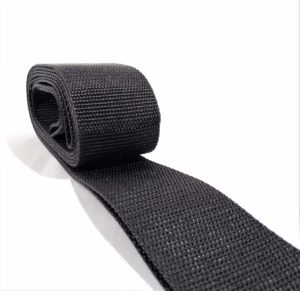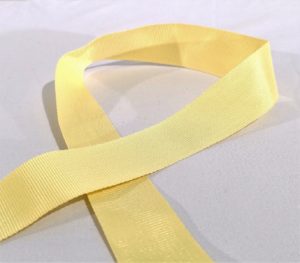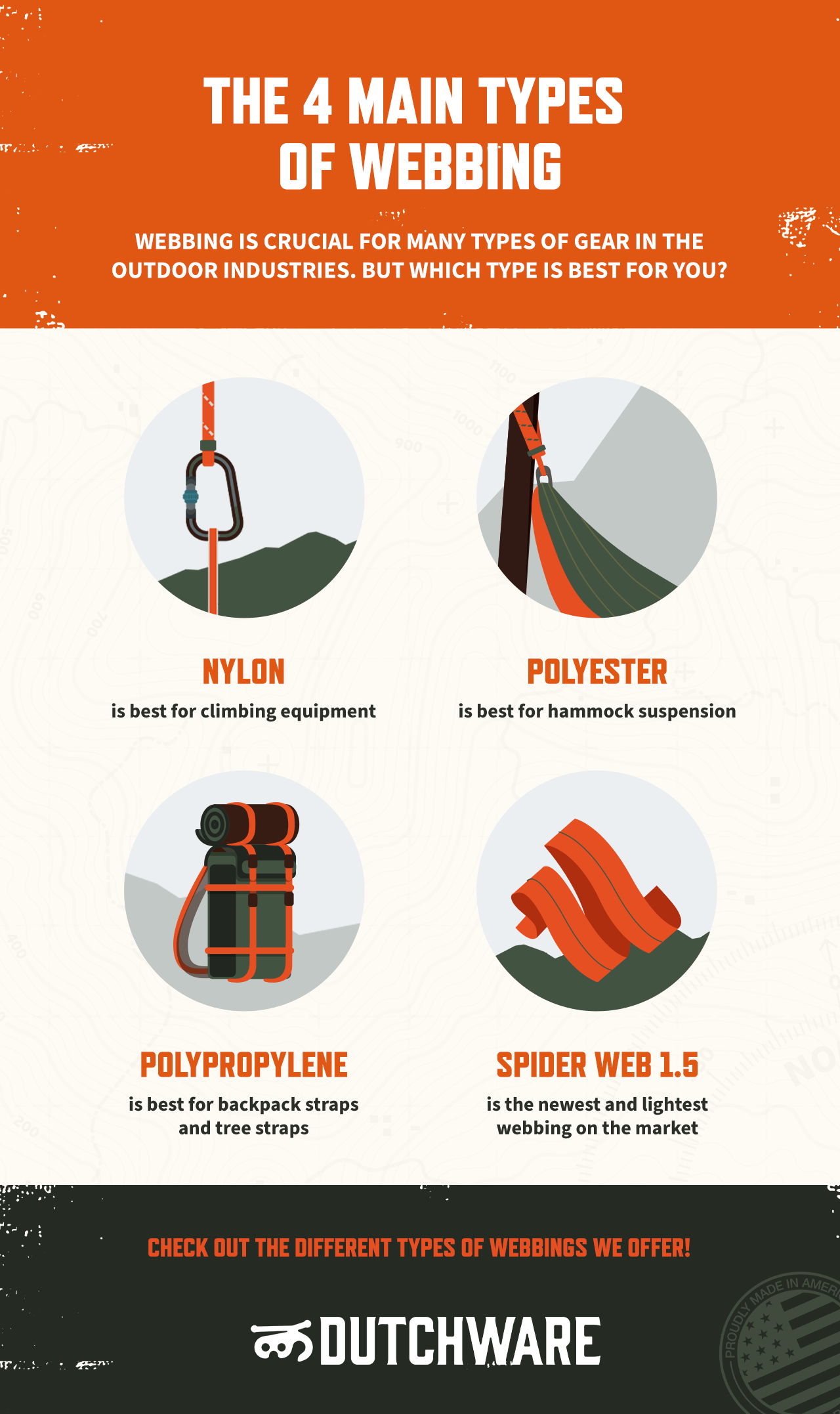February 15, 2016
posted in: Webbing
There are many different materials, types and widths of webbing used in the Outdoor industries. Webbing is a strong fabric woven as a flat strip or tube of varying widths and fibers often used in place of rope.
The 4 Main Types of Webbing
Webbing is a strong fabric woven as a flat strip or tube of varying widths and fibers you use for things like hammock suspension, securing tarps, and as tree straps. You can find outdoor webbing in several different materials, sizes, and styles. A lot of webbing today is constructed out of high-durability materials — such as nylon, polyester, polypropylene, and Kevlar — so they can withstand more weight, stretch, and abrasion.
Characteristics of good webbing for outdoor gear include:
- The ability to be sewn easily.
- Strength and durability.
- Compatibility with hardware.
From your tree straps and backpack straps to your belt, there is rarely any person on a hiking trip without some form of this underappreciated material. The most significant difference between these types of webbing fabric is also one of the hardest to see — loads, stretch, and other required properties.
Here is an outline of the webbing materials most commonly used in the outdoor industry.
Nylon vs. Polyester
Two of the most common types of webbing material are polyester and nylon. Both fabrics are lightweight and strong synthetic materials that share similar properties. They are stretch-resistant and easy to care for. Each material has its advantages, so the best fit for you depends on the intended application, like climbing or around the campsite.
Nylon

Nylon is very strong and is available in several different types, including nylon 6 and nylon 6,6. It is one of the most commonly used webbing fabrics in the outdoor industry. For this reason, you can easily find nylon in various colors, styles, and applications, including backpack straps and rock climbing safety equipment.
It’s a popular choice among rock climbers because of its elasticity and durability. Nylon recovers well, even after extensive stretching. Nylon is also relatively UV-resistant, and as long as you don’t leave it exposed to the sun for months, you will not see much more than 30% loss of strength with nylon 6 and nylon 6,6.
The same elasticity that makes it suitable for climbers also makes it a bad choice for hammock suspension. Nylon absorbs water and adds to the weight more than just surface moisture.
Polyester

Polyester is a common choice for webbing in the outdoor industry because it is strong, does not stretch, is UV-stable, and does not absorb water. It also comes in a wide range of widths and strengths. It is about 90% as durable as nylon, and it is one of the most UV-stable webbings available. It is also very resistant to abrasion. These properties make it an excellent choice for hammock suspension and backpack straps.
Other Popular Types of Webbing Fabric
Other popular types of outdoor webbing fabric include polypropylene and Kevlar. You’ll often find these materials used in hammock suspension systems, backpacks, and tree straps.
Polypropylene

Polypropylene is much lighter than other types of webbing fabric and absorbs the least amount of water weight. It floats on the water and is mildew resistant, which might come in handy for some outdoor applications. It also holds up well against stains and damage caused by things like grease and oil. That said, polypropylene is also much weaker than other types of webbing. It has a lower melting point and is less resistant to abrasion than its nylon and polyester counterparts.
Polypropylene webbing is a good choice for backpack straps and tarp tie-outs. It’s also suitable for tree straps wider than one inch because it is so low in weight and stretch.
Kevlar

Kevlar has a great weight to strength ratio. It is also abrasion and heat resistant. You may know Kevlar from its use in bulletproof vests, but it has recently become a lightweight tree strap alternative. The downside to Kevlar in the outdoor industry is that it has a very low resistance to UV degradation. With as little as 40 hours in noontime sun, Kevlar can lose up to 50% of its strength. Be cautious when using it for human suspension and avoid exposing it to too much UV light. It is recommended that you use it at night or in the shade, and do not leave it exposed to UV light while in storage. Despite these considerations, Kevlar is very lightweight and packs down very small.
Get High-Quality Webbing at DutchWare
To choose the best type of webbing for your outdoor use, consider the following:
- Planned use: As you’ve learned, different types of webbing fabrics are better suited for certain outdoor tasks than others. For example, polyester webbing is ideal for a hammock camping trip because it is strong and doesn’t stretch. Some materials are dual-purpose, like polypropylene, which is great for tying tarps down at your campsite and on-the-water use for boating or kayaking.
- Breaking strength: Some types of webbing, including nylon, may come with a breaking strength listed. Manufacturers determine this breaking strength through dry testing, and it’s an important value to note if you’re buying webbing for something like rock climbing.
- Length and weight: Finally, consider the length and weight of your webbing before purchasing, especially if you plan to use it for hammock suspension or are trying to save space in your daypack.
DutchWare has top-quality webbing, including straps made out of nylon, polypropylene, polyester, and Kevlar. Explore our site to learn more about our hammock accessories and outdoor gear.




